Water, Not al-Qaeda, is Yemen’s Main Domestic Concern, Experts Say
Yemen faces water crisis that is compounded by limited supply, unregulated use and future population boom, which will double in 20 years.
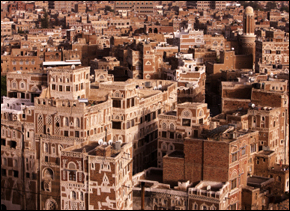 Yemen made headlines last Christmas as the training ground for the man who attempted to blow up an airplane two months ago, but a more immediate concern for the people living in the country is a rapidly dwindling supply of freshwater, Reuters reports.
Yemen made headlines last Christmas as the training ground for the man who attempted to blow up an airplane two months ago, but a more immediate concern for the people living in the country is a rapidly dwindling supply of freshwater, Reuters reports.
Sanaa, Yemen’s capital, might become the first large city to run out of water because of the country’s booming population, unregulated groundwater withdrawals, subsidized diesel fuel and heavy agricultural use.
“If we continue like this, Sanaa will be a ghost city in 20 years,” said Anwer Sahooly, a water specialist with a German development agency, to Reuters.
The water table is shrinking two meters per year, according to a 2009 report by the Carnegie Endowment for International Peace. Wells are being drilled deeper each year to reach the receding water, with some penetrating 800 to 1,000 meters, according to Reuters. Fuel for the pumps is subsidized by the government, making drilling easier than it should be.
Wells are essentially unregulated, leading to a concern that Sanaa-–a city with with seven percent annual population growth–will soon be dry.
The groundwater feeding Sanaa “will be exhausted in 2015 or 2017, one cannot say exactly,” said Dierk Schlutter, a water specialist with the German Development Service, in an interview with the AFP.
Despite such pronouncements, the lack of accurate groundwater monitoring makes assessments of an aquifer’s depletion timeline imprecise at best. A workshop on environmental security at the Woodrow Wilson Center in Washington, DC in 2000 included the statement that Sanaa’s aquifer was estimated to run out of water in 2005.
Sanaa’s current supply gaps are filled by tanker truck operations that deliver water to the city from rural wells, but even those suppliers are feeling pinched.
Mohammad Maayad, a 27-year-old private driller, told the AFP that “now I drill at depths of 480 meters, but when I started I only used to drill down to 400 meters.”
Though one provincial capital recently discovered a new aquifer with a 50-year supply, the rest of Yemen outside of Sanaa also struggles with water availability.
World Resources Institute estimated the per capita freshwater resources for Yemen at 183 cubic meters–well below the 500 cubic meter threshold that is required to maintain economic development and human health.
Other water-scarce Middle Eastern countries have relied on desalinated water, but Sanaa is located 2,500 meters above sea level. Massive amounts of energy would be needed to lift water to that height and Yemen’s oil reserves are anticipated to run out within 10 to 15 years.
A professor from the University of Sanaa proposed using solar power to desalinate and pump water to Sanaa in a paper he co-authored with colleagues in Yemen and Germany.
Other experts argue that water savings could come from the agricultural sector, which uses 90 percent of the country’s water. The crop many outside experts target is qat–-a slightly narcotic plant chewed by most Yemeni adults that accounts for 40 to 50 percent of agricultural water use.
But reducing qat cultivation will not be easy and might exacerbate urban water problems. A report by the World Bank noted that qat provides rural employment and prevents mass migrations to the cities.
“Qat fetches four times more than coffee, and the plantations are often in the hands of tribal chiefs or the so-called ‘qat mafia,’ who are too powerful for the government to go after,” said Schlutter to the AFP.
The importance of qat to Yemeni social culture should not be overlooked, he added.
“It’s like trying to ban beer in Germany or wine in France,” he said.
Read more about qat here.
Brett writes about agriculture, energy, infrastructure, and the politics and economics of water in the United States. He also writes the Federal Water Tap, Circle of Blue’s weekly digest of U.S. government water news. He is the winner of two Society of Environmental Journalists reporting awards, one of the top honors in American environmental journalism: first place for explanatory reporting for a series on septic system pollution in the United States(2016) and third place for beat reporting in a small market (2014). He received the Sierra Club’s Distinguished Service Award in 2018. Brett lives in Seattle, where he hikes the mountains and bakes pies. Contact Brett Walton



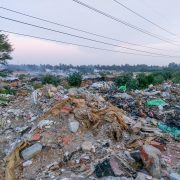
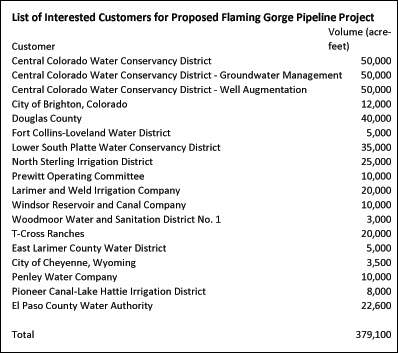

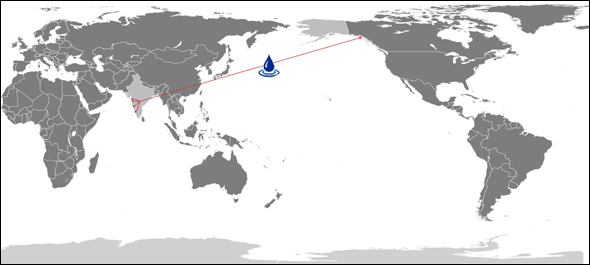
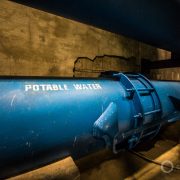


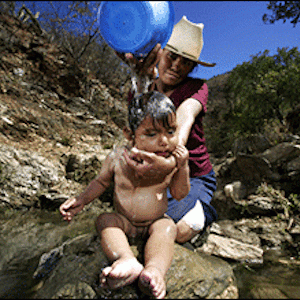

How many other countries, states, or cities in the world are going to be running out of water in the not-to-distant future?